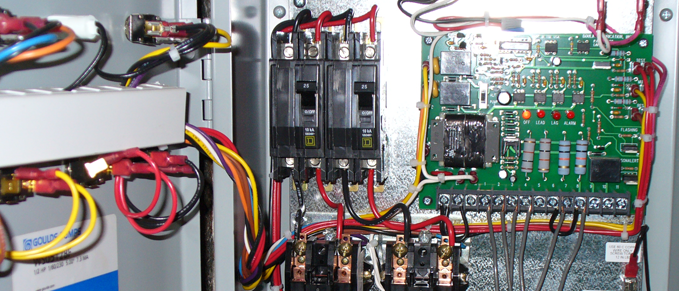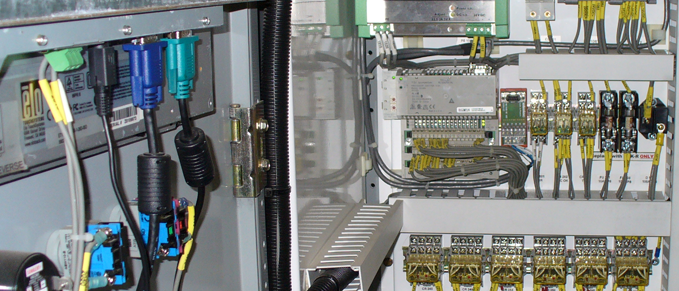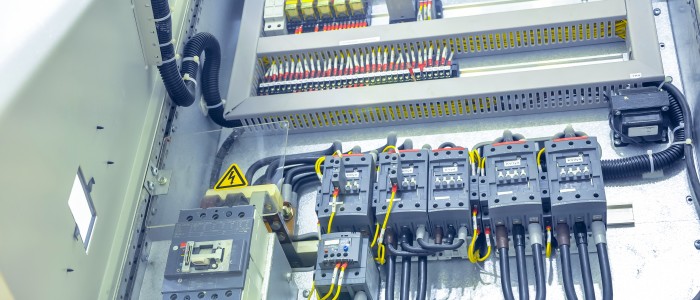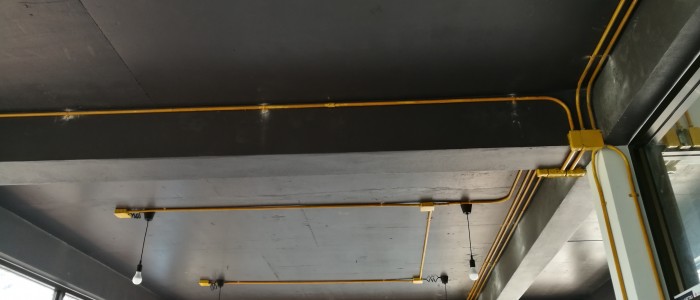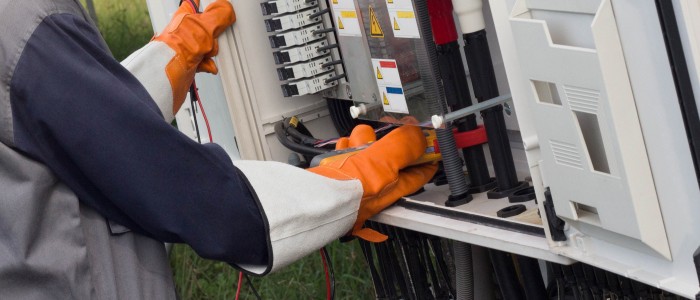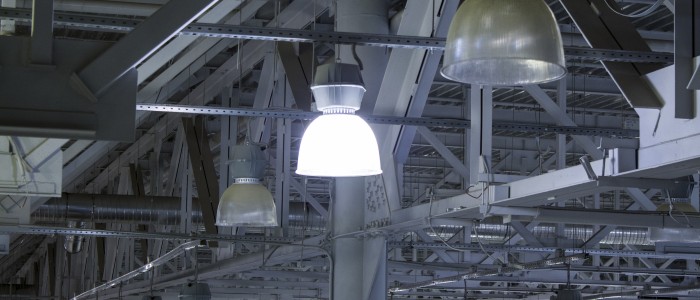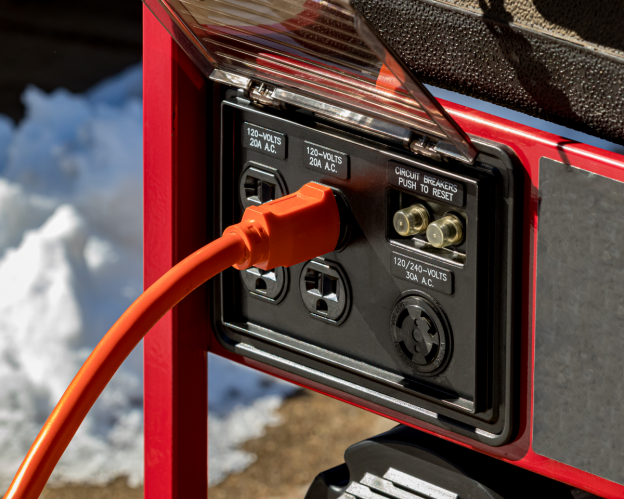Have you ever plugged a generator into your home’s power supply only to have one or two of your appliances short-circuit immediately? If so, you probably “backfed” your generator to your home’s wiring. While generators may be a lifesaver during a power outage, backfeeding electricity is incredibly dangerous and can even lead to an electrical mishap that can leave others seriously hurt or worse.
But what is backfeeding a generator — and how can you make sure that you’re using your generator safely?
Although backfeeding can cause serious damage and inflict considerable harm upon others, it is easy to avoid if you are knowledgeable of the process and how to properly avoid it. To ensure that your home and others in your area remain safe from harm, here is an overview of what backfeeding is, why it can be dangerous for your generator and home, and how you can prevent backfeeding from occurring.
What Is Backfeeding a Generator?
Your home normally draws electricity from power grids through the utility lines, where it is then dispersed to all of your electrical appliances after passing through the circuit breaker in your home. However, there are circumstances, such as a blackout, that may lead you to plug in an alternative source of power into an appliance outlet. However, doing so will result in back feeding electricity through both your home and the nearby area.
Backfeeding is the process of introducing generator power to your home without isolating the power supply. When you plug a generator into a dryer outlet or other unapproved source, the energy from the generator that flows through the outlet isn’t filtered before it makes its way into your home’s wiring. This overflows your circuits, short-circuiting your appliances in the process. Unfortunately, that’s not the only outcome, as the power that flows into your home doesn’t only stay in your wiring. Because there’s no isolation or filtering, the power can “flow back” into any utility lines that are connected to your home, and there can be serious damage as a result.
Why Is Backfeeding a Generator Dangerous?
Backfeeding a generator can lead to severe consequences, such as putting your family at risk. Backfeeding electricity isn’t just dangerous for you and your home — it’s also a danger for local emergency crews. When power from your home feeds back, utility workers can be seriously injured or killed because they don’t expect the wires to be live when they’re working on them. For this reason and more, the process of backfeeding electricity is illegal. Should your back feeding take the life of an electrical worker, you will face the repercussions through criminal prosecution.
There are several other ways that backfeeding can cause serious damage and take lives, which should deter homeowners from ever attempting to connect a generator to a dryer outlet. The reverse flow of electricity created by back feeding can cause the generator to explode or catch fire, resulting in catastrophic damage to the home and endangering the lives of the occupants. This can happen because of the strain that home circuits experience from having two power sources: the electrical grid and the generator.
Safety Measures You Can Take Against Backfeeding
While back feeding electricity can be especially dangerous, there are a number of steps that you can take to protect both your family and utility workers from harm. Whenever possible, use a large, permanent generator to power your property. These generators use a device called a “transfer switch” to isolate the main circuit from the generator. This effectively prevents backfeeding by preventing the power from the generator from flowing back into the power lines surrounding you in the vicinity, keeping the utility lines safe for the utility workers who come to repair them. Furthermore, the transfer switch will help prevent your generator from experiencing the strain caused by two working power sources.
Small, portable generators don’t typically have enough power to sustain an entire household and thus aren’t recommended for use. However, if you must use a portable generator, we recommend mounting the appliance directly onto the generator using a properly rated extension cord. Portable generators’ main advantage is their small size and easy ability to be moved around your home — but they may also come with additional dangers that can create massive health hazards if used incorrectly, so it may be better to not use them altogether if you are unsure of how to use them.
What Could Happen if I Use a Portable Generator?
Portable generators are not safe to run indoors. They were designed specifically for recreational outdoor activities. Portable generators that burn fuel release an odorless, tasteless gas many people know as “carbon monoxide.” When you run a portable generator designed for outdoor use in your home, carbon monoxide collects inside of your property, making it more difficult for your body to use oxygen. If you inhale too much carbon monoxide, it can become deadly in just minutes.
You should never plug the generator directly into your outlet. To accomplish this, you need a male-to-male cord, which is incredibly dangerous because both ends are open. If anyone accidentally touches the cord while it is plugged into your generator, they could electrocute themselves. Additionally, the outlets in your wall are directly connected to the main circuit of your home, meaning that this will also result in back feeding.
Powering Your Home Safely
If your power goes out, remember to only plug your generator into a properly installed manual or automatic transfer switch. This will isolate your power, making sure that the amount of power flowing into your home is safe and stays out of utility lines. If you don’t have a transfer switch, call for emergency electrical service in Bucks County — don’t risk your life and the lives of others by back feeding electricity into the power lines. Have a professional install the switch for you, so you’ll have peace of mind knowing the properly installed switch is keeping the flow of electricity in check.
Are you relying on generator power because there’s a problem with your home’s power? If you need an emergency electrician in PA, A-1 Electric is here to help! Our team of third-party electrical professionals can tackle any task — from basic in-home repairs and working as commercial electrical contractors in Pennsylvania to parking lot lighting installation in Bucks County — we do it all. Give us a call today to learn more!





